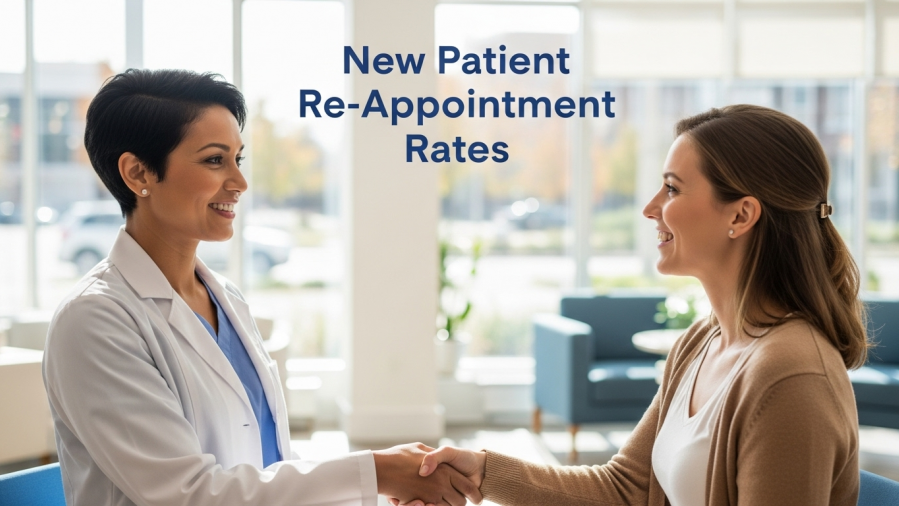
Understanding the New Landscape of PPO Insurances
Navigating the world of health insurance plans, particularly Preferred Provider Organizations (PPOs), can feel like traversing a labyrinth. Recent changes have made it even more critical for dentists to fully comprehend the ins and outs of their insurance agreements. In this article, we’ll decode these recent shifts in PPO insurance and highlight key elements that practitioners like Dr. Emily Johnson should be aware of to better engage with their insurance arrangements.
Deciphering the Complexities of Insurance Changes
As discussed by Shelley DeGroff during Episode 954 of The Best Practices Show, recent partnerships between major insurance providers, such as the lease agreement between Aetna and MetLife, demonstrate how complicated these relationships can be. This sharing agreement presents both challenges and opportunities. For instance, providers who have contracts with one of these insurers may unintentionally shift their coverage agreements in ways they did not anticipate.
This means that if you are currently out-of-network with Aetna but in-network with MetLife, you could become classified as in-network with Aetna based on your MetLife contract. However, understanding that not all plans are included—such as individual policies purchased directly from Aetna—adds another layer of complication.
Why Knowledge is Power: Benefits for Practice Growth
For dentists like Dr. Johnson, understanding the intricacies of insurance agreements can enhance financial viability. Not only does it allow practitioners to maximize their reimbursements, but it also fosters trust with their patients who rely on insurance for care. By maintaining a keen awareness of insurance policies and potential shifts, practitioners can better navigate their practice's financial landscape.
By tracing the fee schedules of both Aetna and MetLife, practitioners can validate whether they're receiving fair compensation for their services. Staying proactive rather than reactive could mean the difference between financial stability and undue stress.
The Role of Audits and Awareness
DeGroff encourages routine audits of Explanation of Benefits (EOBs), which is an important practice for ensuring that insurance reimbursements align with agreed-upon rates. Daily audits can uncover discrepancies, support informed decisions, and cultivate a greater understanding of the insurance landscape.
Furthermore, engaging in active discussions with insurance networks and having a clear understanding of the contracts signed can help prevent costly mistakes, such as unintentional fraud from misusing NPIs when new associates begin seeing patients.
Is Becoming Insurance Independent the Answer?
In today’s rapidly evolving healthcare environment, it may be tempting for dentists to consider reducing their reliance on insurance. As DeGroff points out, "Success is not determined by the number of insurances you participate in." With a shift towards fee-for-service models and more direct patient engagements, practices can focus more on quality and less on navigating complex insurance landscapes.
Dentists who choose to limit their participation in insurances will find themselves needing to effectively communicate this value to their patients. Clear messaging about the benefits of payment models that prioritize service quality over insurance coercion can resonate positively with those looking for trustworthy care.
The Future of PPOs: What’s Next?
Looking ahead, insurance plans—including PPOs—will continue to evolve. Understanding these changes not only empowers dentists like Dr. Johnson but also provides insights into how health care delivery might ideally operate in the future. As legislative changes unfold and the healthcare marketplace adapts, staying informed will be crucial.
Among practitioners, fostering a community where information about insurance changes is shared can elevate the entire profession. Collaboration might serve to blur the boundaries set by insurance models, allowing for a more patient-centered approach to care.
It is time to embrace these changes and view them not as challenges but as opportunities for growth and enhanced patient engagement.
 Add Row
Add Row  Add
Add 




Write A Comment